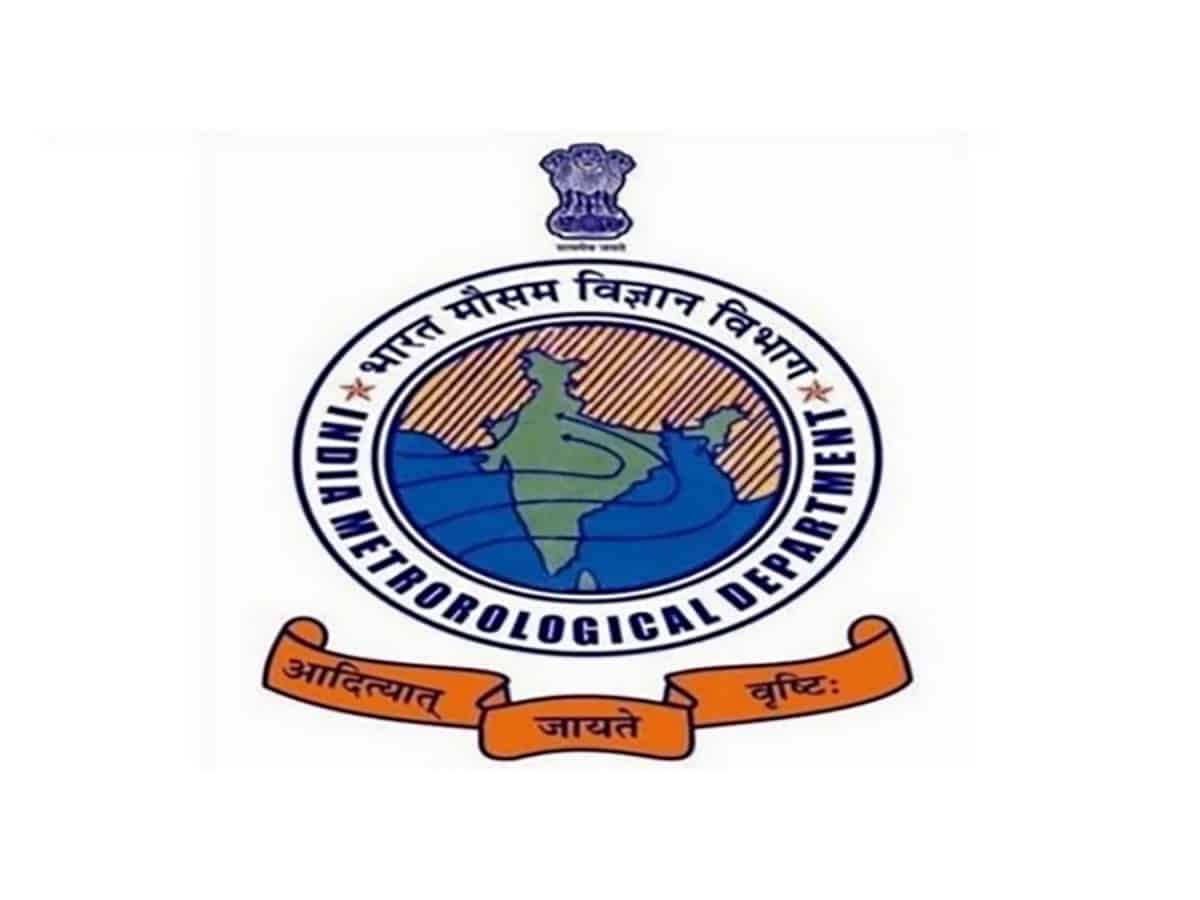New Delhi: The country received above-normal monsoon rainfall during the four-month season for the second consecutive year and recorded the third highest precipitation in the last 30 years, the India Meteorological Department (IMD) said on Wednesday.
The country received 109 percent rainfall of the Long Period Average (LPA) with three of four months — June (118 percent), August (127 percent), and September (104 percent) — witnessing above normal rainfall, while July recorded (90 percent) deficient rainfall. Generally, maximum rainfall is received in July and August.
“Quantitatively, the 2020 monsoon seasonal rainfall during 1 June to 30 September 2020 has been 95.4 centimeters against long period average of 87.7 cm based on data of 1961-2010 (109 percent of its LPA),” R K Jenamani, scientist with the IMD’s National Weather Forecasting Centre (NWFC) said.
Monsoon in the range of 96-104 percent of the LPA is considered as ‘normal‘; 104-110 percent as ‘above normal’, above 110 percent as ‘excess‘. Rainfall below 90 percent is considered as ‘below normal‘.
The monsoon season in India officially starts on June 1 and lasts till September 30.
The southwest monsoon delivers about 70 percent of the country’s annual rainfall, critical for the agriculture sector that accounts for about 14 percent of India’s GDP and employs more than half of the country’s 1.3 billion population.
Good rains have boosted sowing of the Kharif crops which farmers have sown in record 1,116.88 lakh hectares till last week as compared to 1,066.06 lakh hectares a year ago, according to the Agriculture Ministry’s data.
The IMD has four meteorological divisions. Of the four, the east and northeast India, central India, and south India have received above-normal rainfall. The northwest India division has recorded deficient rainfall.
Nineteen states and union territories have received normal rainfall this year, while nine states and union territories saw excess rainfall. Bihar, Gujarat, Meghalaya, Goa, Andhra Pradesh, Telangana, Tamil Nadu, Karnataka, and Lakshadweep islands have recorded excess rainfall. Sikkim recorded large excess rainfall.
However, Nagaland, Manipur, Mizoram, Tripura, Uttarakhand, Himachal Pradesh, Jammu, and Kashmir have recorded deficiency. Ladakh has recorded a large deficiency. Delhi has also received deficient rainfall.
“Considering the recent years since 1990, the all India seasonal rainfall this year was third-highest, after 112 percent of LPA in 1994 and 110 percent of LPA in 2019”
Jenamani said
“It is consecutively for two monsoon years when India received good rainfall of 9 percent of the LPA or more. Thus, 2019 and 2020 are the two consecutive above-normal monsoon rainfall years, after 1958 (110 percent of LPA) and 1959 (114 percent of LPA),” Jenamani added.
The monsoon made an onset over Kerala on June 1, its normal annual onset date. Its timely onset was also aided by cyclone Nisarga. The monsoon covered the entire country by June 26, 12 days ahead of its normal date of July 8.
The withdrawal was also late. It retreated from west Rajasthan and parts of Punjab on September 28, 11 days after its normal withdrawal date.
One of the main features of the monsoon was the rainfall in August. The month saw five low-pressure areas (cyclonic circulations) that brought large amounts of rainfall over central India.
The total number of low-pressure days was 28 against the normal of about 15 in August.
“It caused 2-3 spells of riverine floods over Odisha, Telangana, Madhya Pradesh, south Gujarat, and south Rajasthan. As a result, it was record rainfall in August 2020, when all-India rainfall was 127 percent of LPA. It is the highest in the last 44 years, after August 1976 (128.4 percent) of LPA. It is also the fourth-highest in the last 120 years,” Jenamani said.
Skymet Weather, a private weather forecaster, said Saurashtra and Kutch, a drought-prone region, recorded the highest rainfall in the last one decade (excess of 126 percent), while Mumbai (Santacruz) recorded a seasonal deluge of 3,687 millimeters against the normal of 2,206 mm. Delhi recorded rainfall of 467.7mm only with a large deficiency of 20 percent, it said.

